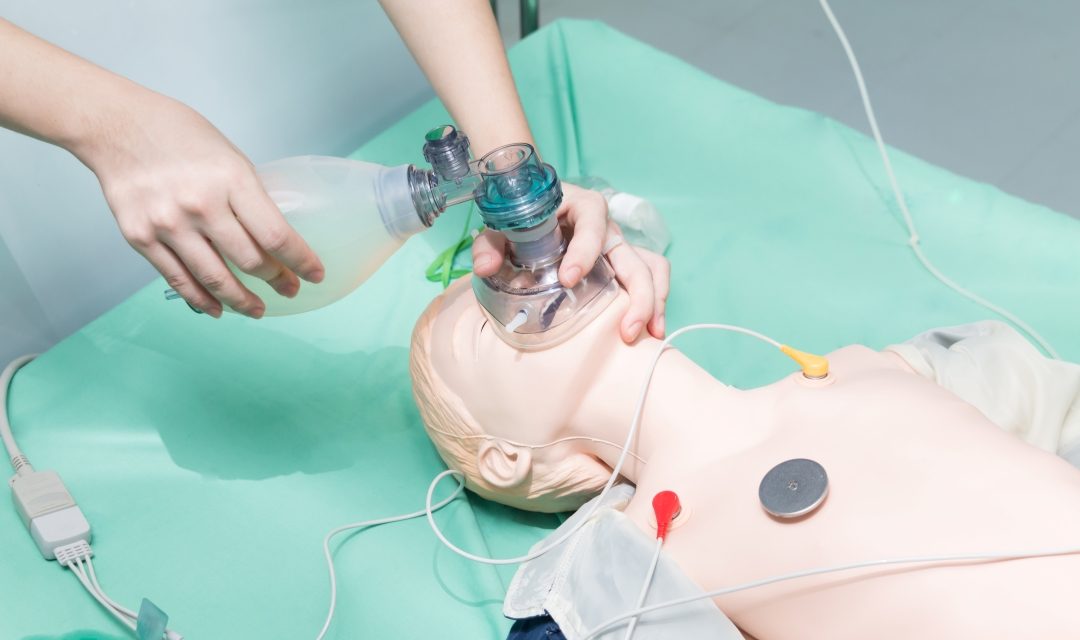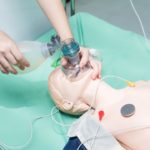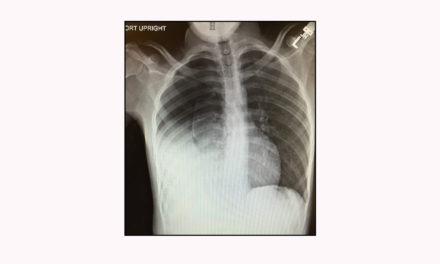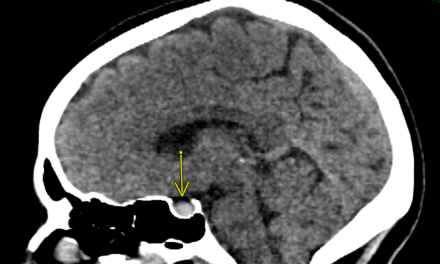Winter 2022 EMS/Trauma: Too Much of a Good Thing: Excessive Ventilation
Clinicians who manage respiratory failure in the emergency setting are likely familiar with the dangers of excessive tidal volumes. When we deliver oversized breaths, our patients are harmed through barotrauma, impaired venous return, reduced coronary perfusion pressure, and induced hypotension. A landmark New England Journal of Medicine study showed that by limiting breath size (tidal volume) to 6 to 8 mL per kg of predicted body weight, we can reliably minimize lung injury, shorten ventilator dependence, and substantially improve patient survival [1]. For more than 20 years, this “lung protective” strategy has been the cornerstone therapy to prevent the deadly Acute Respiratory Distress Syndrome (ARDS). These benefits hold especially true when started early, and one 2017 study found that initiating a lung protective strategy in the emergency department reduced in-hospital mortality from 34% to 20% [2].
However, even when armed with this knowledge, emergency clinicians may unwittingly deliver unsafe ventilation. In one simulation of 130 emergency personnel (doctors, nurses, paramedics, and EMTs), 93% delivered BVM ventilations that exceeded a lung-protective strategy, with an average tidal volume (800 mL) that was 44% larger than the safety limit [3]. Similar results were found in studies using an endotracheal tube rather than mask seal. Another group asked 50 emergency personnel to perform simulated ventilations on an adult mannequin using adult and pediatric-sized BVMs. In 98% of cases, the adult-size BVM delivered breaths that were too large [4]. The best overall strategy for achieving a safe tidal volume was to squeeze a pediatric bag – attached to an adult-sized mask – with only two fingers. This resulted in 55% ideal-sized breaths, 42% oversized, and 3% undersized. Moreover, studies show that clinicians frequently ventilate too rapidly. In one observational study, most patients were hyperventilated, with 1 in 5 receiving breaths at more than double the recommended rate [5].
In the spirit of primum non nocere, we must protect those in our care from unsafe ventilation strategies. When placing a patient on the ventilator, clinicians must take responsibility to ensure lung protective settings. For patients receiving BVM ventilation, a variety of solutions have emerged, including metronomes for accurate rate, substituting a smaller BVM for safer tidal volumes, and selecting BVM devices with pressure-limiting manometers. Like so many dangers in medicine, the most vital safeguard is awareness and a commitment to prevention.
References:
- Acute Respiratory Distress Syndrome Network. Ventilation with lower tidal volumes as compared with traditional tidal volumes for acute lung injury and the acute respiratory distress syndrome. N Engl J Med. 2000 May 4;342(18):1301-8. PMID: 10793162.
- Fuller BM, et al. Lung-Protective Ventilation Initiated in the Emergency Department (LOV-ED): A Quasi-Experimental, Before-After Trial. Ann Emerg Med. 2017 Sep; 70(3): 406-418. PMID: 28259481.
- Dafilou B, et al. It’s In The Bag: Tidal Volumes in Adult and Pediatric Bag Valve Masks. West J Emerg Med. 2020 May; 21(3): 722-726. PMID: 32421525
- Kroll M, et al. Can Altering Grip Technique and Bag Size Optimize Volume Delivered with Bag-Valve-Mask by Emergency Medical Service Providers? Prehosp Emerg Care. 2019 Mar-Apr; 23(2): 210-214. PMID: 30130437.
- McInnes AD, et al. The first quantitative report of ventilation rate during in-hospital resuscitation of older children and adolescents. Resuscitation. 2011 Aug; 82(8): 1025-9. PMID: 21497007.
EMS Trauma Committee Update
The EMS Trauma Committee met on November 9, led by Dr. Chrissy Van Dillen.
-FAEMSMD and EMLRC are collaborating on an upcoming video education program for pre-hospital providers entitled, “Bytes that You Can View.” This EMS matching grant project will have 16 “byte-sized” EMS lectures covering various topics for CEUs.
– State Medical Director, Dr. Ken Scheppke, presented on COVID and the fact that it will likely not go away “for the foreseeable future.” The state has a two-pronged strategy of long-term prevention with vaccinations and immediate effective treatment with monoclonal antibody treatments. He also mentioned that progress is being made on Florida Resuscitation Centers with a potential Central Florida Pilot project.
– The Region V Trauma Agency update with Dr. McPherson went over the successful Virtual Tabletop exercise that took place on August 13, 2021. Their next project is to push the use of whole blood for our trauma patients, including at our trauma centers and with their EMS partners.
Thank you all for what you do, and remember that what you do matters!
This article is part of the following sections:








